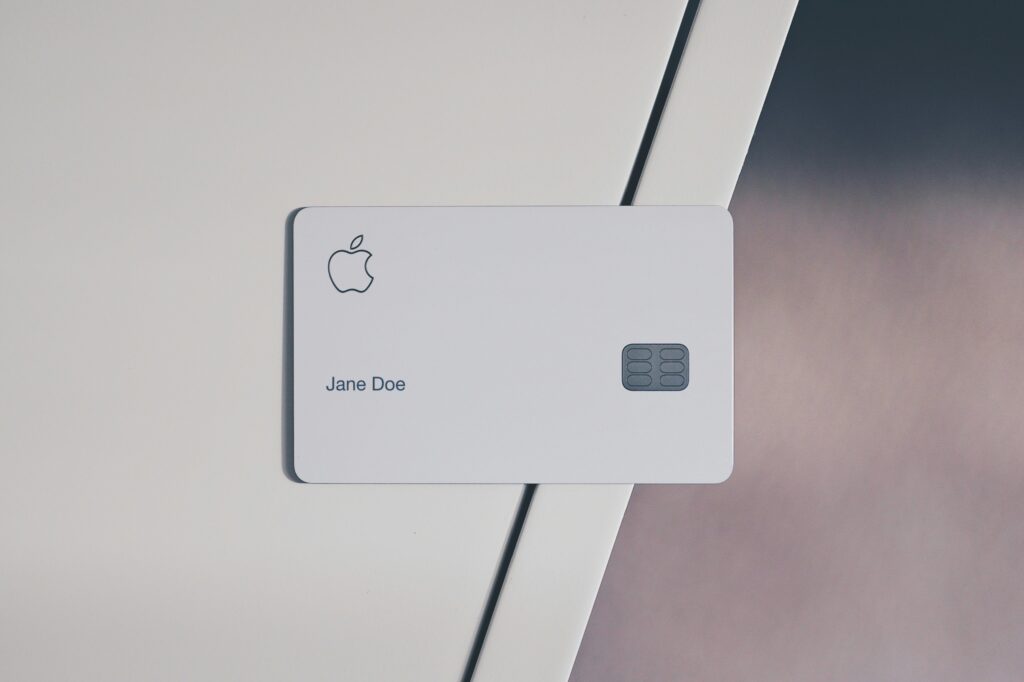Former Banker Discusses Revolutionizing Finance: The 5 Hottest Technologies in Banking for 2024


The banking sector is in a constant state of evolution, with technological advancements driving significant changes in how financial institutions operate and serve their customers. As we stride into 2024, several emerging technologies are poised to revolutionize the banking landscape. From blockchain to artificial intelligence (AI), these innovations are reshaping traditional banking practices, enhancing security, efficiency, and customer experiences.
Blockchain and Distributed Ledger Technology (DLT)
Blockchain technology, renowned for its role in cryptocurrencies, is making substantial waves in the banking industry. Its decentralized and immutable nature makes it ideal for enhancing security and transparency in financial transactions. In 2024, banks are increasingly adopting blockchain and Distributed Ledger Technology (DLT) to streamline processes such as cross-border payments, trade finance, and identity verification.
DLT enables banks to create secure, tamper-proof ledgers of transactions, reducing the risk of fraud and errors. Additionally, blockchain-powered smart contracts automate contract execution, eliminating the need for intermediaries and reducing transaction costs. With blockchain’s potential to revolutionize traditional banking infrastructure, its adoption is expected to soar in 2024 and beyond.
Artificial Intelligence (AI) and Machine Learning (ML)
AI and machine learning are transforming various aspects of banking, from customer service to risk management. In 2024, banks are leveraging AI-powered chatbots to provide personalized assistance to customers, enhancing their banking experience. These virtual assistants can handle inquiries, process transactions, and even offer financial advice, ensuring round-the-clock support for clients.
Moreover, AI and ML algorithms are being utilized to analyze vast volumes of data, enabling banks to make data-driven decisions quickly. From detecting fraudulent activities to predicting customer behavior, AI-powered analytics are helping banks mitigate risks and optimize operations. As AI technologies continue to advance, their integration into banking systems will become even more pervasive in 2024.
Biometric Authentication
With the increasing prevalence of cyber threats, banks are prioritizing security measures to safeguard customer accounts and data. Biometric authentication, which uses unique physical characteristics such as fingerprints, facial recognition, or iris scans, offers a highly secure method of identity verification. In 2024, biometric authentication is gaining momentum as banks strive to enhance security while providing a seamless user experience.
By replacing traditional passwords and PINs, biometric authentication reduces the risk of unauthorized access and identity theft. Customers can conveniently access their accounts using biometric identifiers, eliminating the hassle of remembering complex passwords. As biometric technology becomes more sophisticated and widespread, it is poised to become a standard feature in banking applications and systems.
Quantum Computing
Quantum computing holds immense promise for revolutionizing the banking industry by solving complex computational problems at unprecedented speeds. In 2024, banks are exploring the potential of quantum computing to optimize portfolio management, risk analysis, and algorithmic trading. Quantum algorithms can perform calculations that are beyond the capabilities of classical computers, offering banks a competitive edge in data analysis and optimization.
Although still in its infancy, quantum computing is expected to disrupt traditional banking practices in the coming years. Its ability to process massive datasets and perform complex simulations will enable banks to develop more accurate predictive models and innovative financial products. As quantum computing technology matures, its integration into banking operations will redefine the industry’s capabilities and possibilities.
Internet of Things (IoT) and Connected Devices
The Internet of Things (IoT) is reshaping the way banks interact with customers and manage their assets. In 2024, IoT-enabled devices are increasing, allowing banks to gather real-time data on customer preferences, behaviors, and financial activities. From intelligent wearables to connected cars, these devices enable banks to offer personalized services and targeted promotions to their customers.
Furthermore, IoT devices enhance asset management and security by providing continuous monitoring of physical assets such as ATMs and branches. Banks can remotely track device performance, detect anomalies, and preemptively address maintenance issues, ensuring uninterrupted service for customers. With IoT adoption on the rise, banks are poised to harness its transformative potential to create innovative banking solutions in 2024 and beyond.
The banking industry is undergoing a technological revolution driven by innovations such as blockchain, artificial intelligence, biometric authentication, quantum computing, and the Internet of Things. In 2024, these technologies are reshaping traditional banking practices, enhancing security, efficiency, and customer experiences. As banks continue to embrace these transformative technologies, they will unlock new opportunities for growth, innovation, and differentiation in an increasingly digital world.
